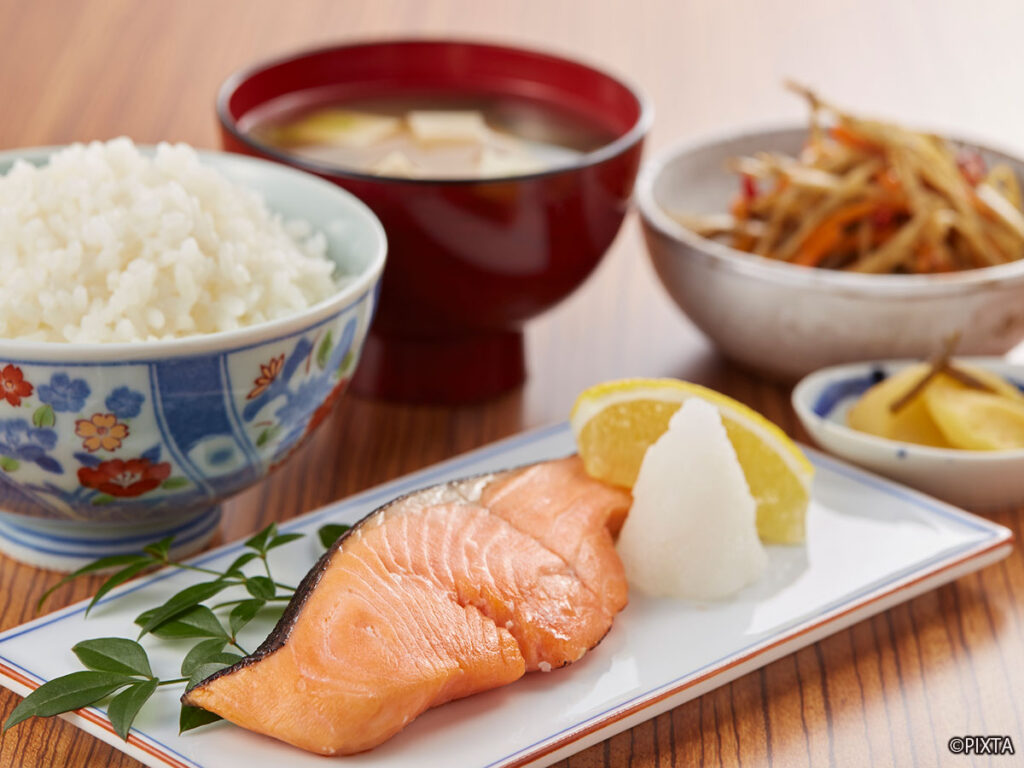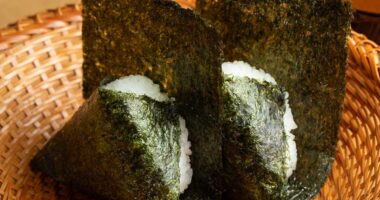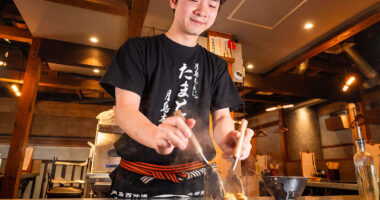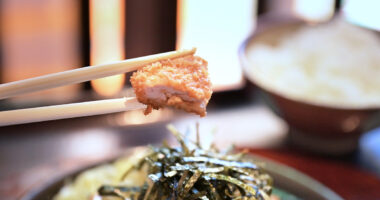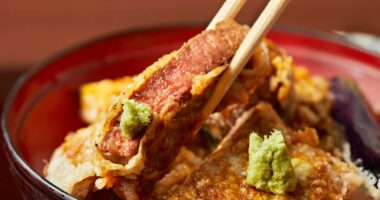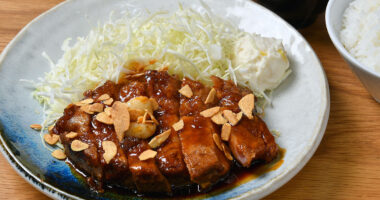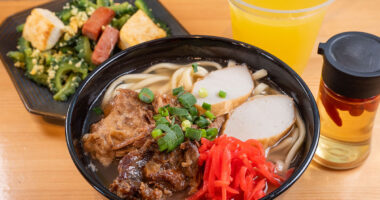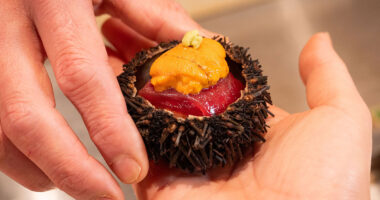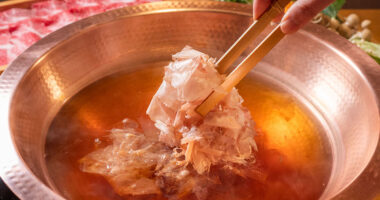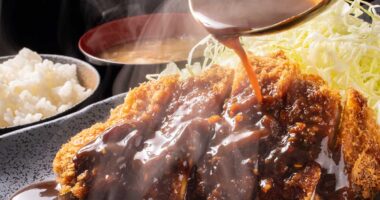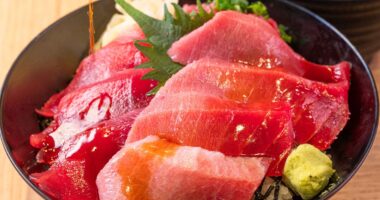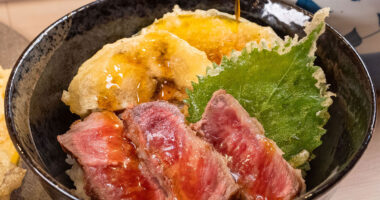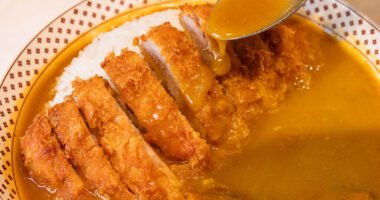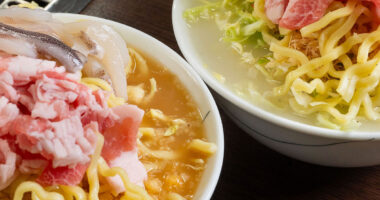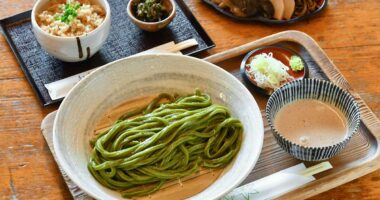When traveling abroad, breakfast can often be a meal compromised by the rush to complete a packed itinerary. It’s often well worth it, however, to take some time out of your schedule to enjoy breakfast like a local, and try meals that aren’t always available throughout the rest of the day. If you’re visiting Japan, the country has a very distinct style of traditional breakfast cuisine to leisurely enjoy and fuel your travels when you take a break from sampling other delicious treats on-the-go
What Is Traditional Japanese Breakfast?
Breakfast in Japanese is called 朝食 chōshoku or 朝ごはん asagohan, although sometimes the English term “breakfast” is used, usually to refer to a Western-style meal. While breakfast items that you may be familiar with in your home country, such as eggs, toast, coffee, and yogurt are very commonly enjoyed in the morning in Japan and widely available, this article will aim to provide a glimpse of some of the staple components of a traditional Japanese-style breakfast.
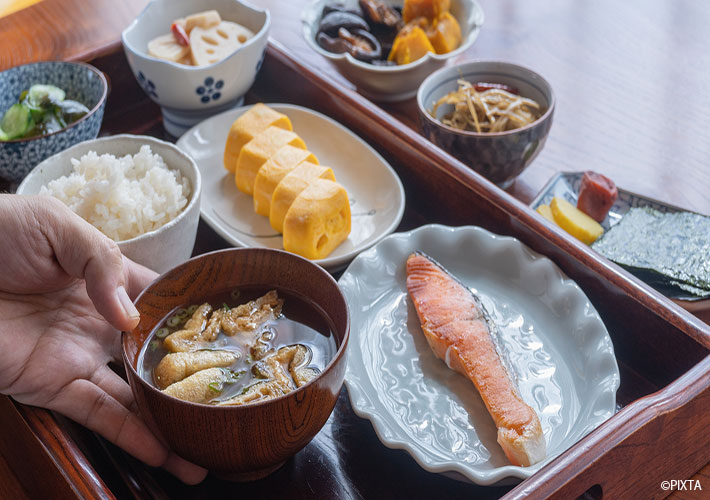
A traditional breakfast in Japan is usually built around a soup, main dish, side dish, and rice.
The classic Japanese breakfast is a well-rounded meal that is very similar in format to that of a traditional Japanese set meal. While the particular ingredients may vary, it usually consists of a main dish, a side dish, a bowl of rice, pickles, and a serving of miso soup. A balance of protein from the main dish, carbohydrates from the rice, and other nutrients from the soup and pickles is looked at as a healthily balanced and energizing start to the day.
Where To Get Traditional Japanese Breakfast
A traditional Japanese breakfast can actually be a little difficult to locate without some foresight. Keep in mind that when searching for restaurants to try a Japanese-style breakfast at, you’ll need to find one that is open during morning hours. Fortunately, Japan has a number of family restaurants and local eateries that are open during the morning and offer breakfast sets. Hotels and ryokan, traditional Japanese inns, are a great way to secure one, as they are often included in the stay.
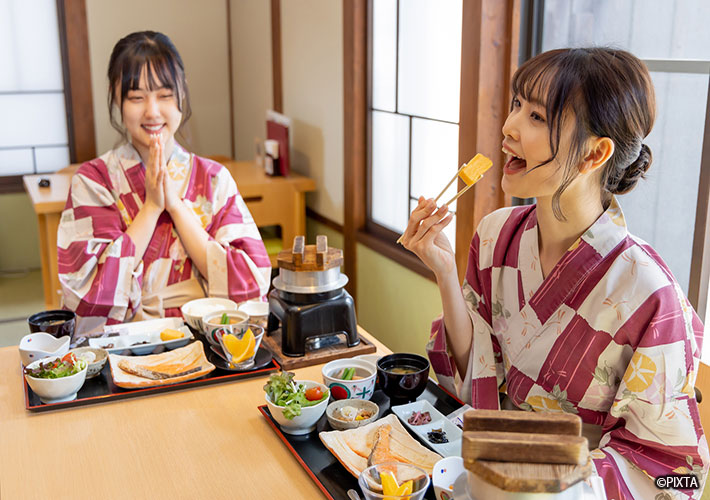
Albeit usually a fancier version than the norm, Japanese inn’s often provide comprehensive and delicious traditional breakfast sets.
You can also find bento that include Japanese breakfast items at convenience stores and supermarkets, and many of Japan’s beef bowl chain restaurants offer morning sets that offer both Western and traditional Japanese breakfast combinations.
Types Of Traditional Japanese Breakfast
Japan has a great deal of breakfast options that should appeal to all tastes, but here are some of the main staples of a “classic” Japanese breakfast.
味噌汁 misoshiru (miso soup): Along with white rice, a piping hot bowl of miso soup is a hearty cornerstone of many Japanese breakfasts. You can usually find ingredients such as tofu, green onions, wakame seaweed, and mushrooms swimming in its rich dashi broth.
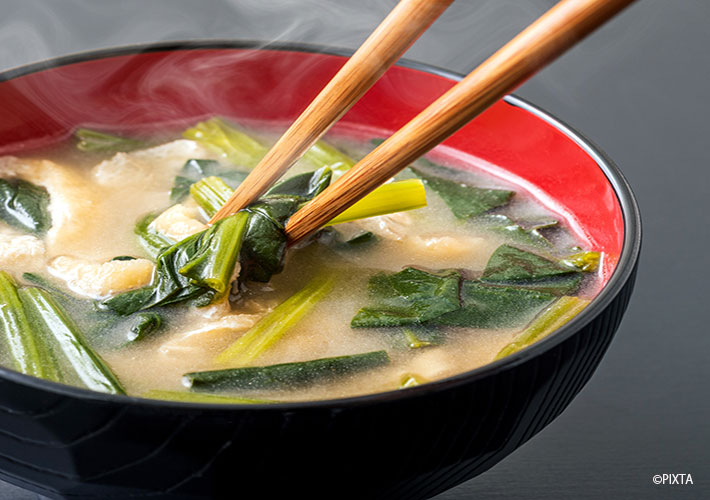
A warming bowl of miso soup is a staple of many Japanese breakfasts.
焼き魚 yakizakana (grilled fish): Grilled fish (covered in detail here) is one of the most commonly featured main dishes of a traditional Japanese breakfast. Some of the most common types include 鯖 saba (mackerel) and 鮭 sake, also pronounced shake (salmon). You’ll often see them seasoned with salt and soy sauce, and served alongside grated daikon radish or a lemon slice.
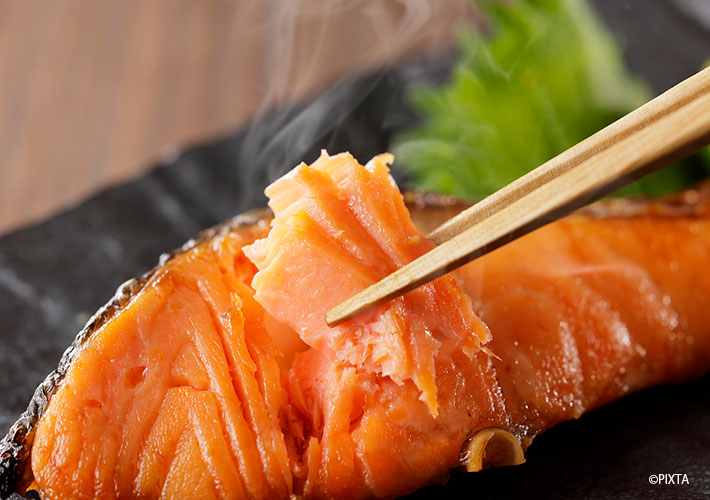
Grilled salmon is a popular main course known for a taste and texture that pairs well with rice.
卵焼き tamagoyaki (Japanese-style omelet): Tamagoyaki are rolled omelets made by layering multiple thin layers of beaten eggs. They have a thick consistency, but slightly sweet and savory taste. They are often served with a side of grated daikon radish to use as a refreshing topping. They can be enjoyed as the main dish of a breakfast set, or on their own.
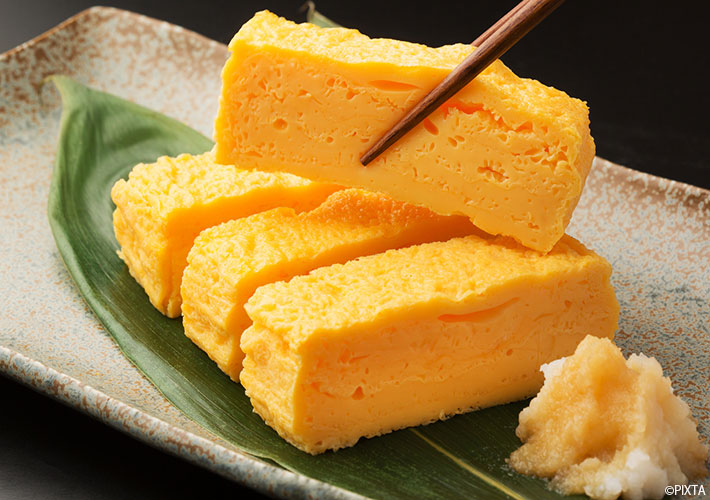
Japanese rolled omelets have a sweet and savory flavor and a tender texture that make for a comforting breakfast.
卵かけご飯 tamago kake gohan (white rice topped with raw egg and soy sauce): Some will understandably have reservations about consuming raw eggs, but they are not an uncommon component of Japanese cuisine. This is because eggs in Japan are taken care of with a high level of attention to maintenance and fresh delivery, making them safe to eat. Tamago kake gohan (affectionately referred to sometimes as TKG) is a dish that consists of cracking an egg over a bowl of rice, adding some soy sauce, and then eaten together.
Although it’s sometimes thought of as a budget-saver for university students and those in a pinch, it also makes for a filling breakfast dish.
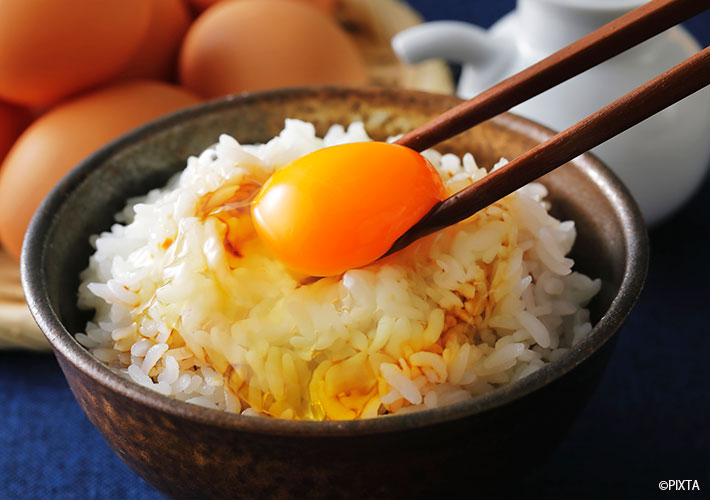
Raw eggs are sometimes served with Japanese breakfast, and one tasty way to enjoy them is by mixing them with rice and soy sauce.
ふりかけ furikake: “Furikake” translates to “sprinkle over” in English, and that’s exactly how you use this Japanese condiment. It’s a dry seasoning blend that is meant to be sprinkled over white rice as a flavorful topping. The seasoning is a mixture of dried and ground ingredients such as seaweed, sesame seeds, egg, or dried fish (such as salmon or bonito flakes). You can find even more flavors available at convenience stores and supermarkets.
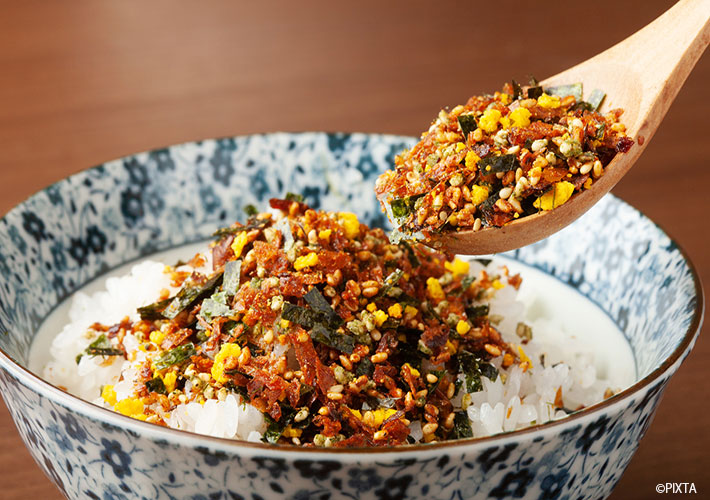
Furikake is a great way to add a number of delicious flavors to your rice.
緑茶 ryokucha (green tea): Green tea is often served alongside Japanese breakfasts, providing both a refreshing beverage to pair with Japanese ingredients as well as a palate cleanser between dishes. Try out some green tea with your breakfast for an aromatic start to the day.
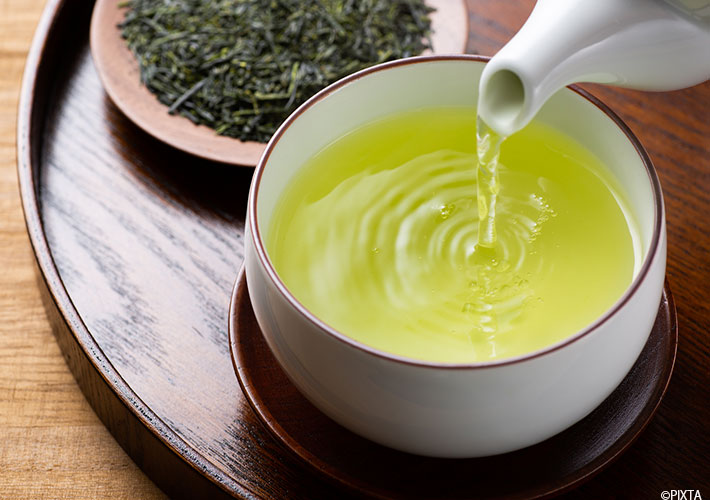
Green tea is a great complementary beverage to a Japanese breakfast.
Pricing on Japanese breakfast sets can be fairly reasonable depending on the scale of the establishment. You can expect to spend 1,000 to 3,000 JPY per person at a restaurant or hotel, although breakfast may already be included in your lodging fee. Family-style restaurant chains in Japan offer sets between 800 to 1000 JPY, typically. If you’re looking to pick up a bento with similar ingredients, they can range from 300 to 500 JPY. Beef bowl chain restaurants, as mentioned above, often offer morning service that serves a Japanese breakfast set in the range of 400 to 500 JPY.
Tips For Enjoying Traditional Japanese Breakfast
Much like other set meals of Japanese cuisine, Japanese breakfast has a bit of a custom when it comes to eating order. It’s recommended to treat rice as the center of the meal, having it first, then some of the main dish, another bit of rice, some soup, and cycling through bites and sips of the dishes. It’s by no means mandatory or taboo to do otherwise, so enjoy the meal in the manner you prefer.
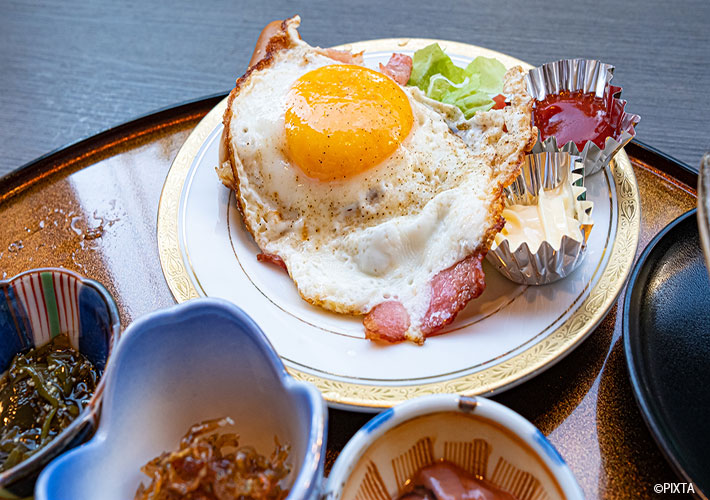
You can still enjoy something familiar like eggs and ham alongside the other dishes of traditional Japanese breakfast.
Traditional Japanese breakfasts can be a big departure from your typical morning meal, so it’s understandable to find things be a bit daunting. Take your time sampling different dishes to find something that you like. If the idea of grilled fish in the morning isn’t so exciting for your, see if the menu has egg or ham main dishes that you can substitute to ease yourself in. As mentioned earlier in the article, there is no shortage of non-traditional breakfast cuisine in Japan to enjoy as well.
In short, a traditional Japanese breakfast usually provides a fresh, balanced, and nourishing start to the day. Ideally, the breakfast comes in the form of a set of rice, soup, a main dish, and a side that is emblematic of cuisine found throughout the country. Be sure and take a chance to sample one during your stay in Japan to see if you can discover a new favorite morning meal.
